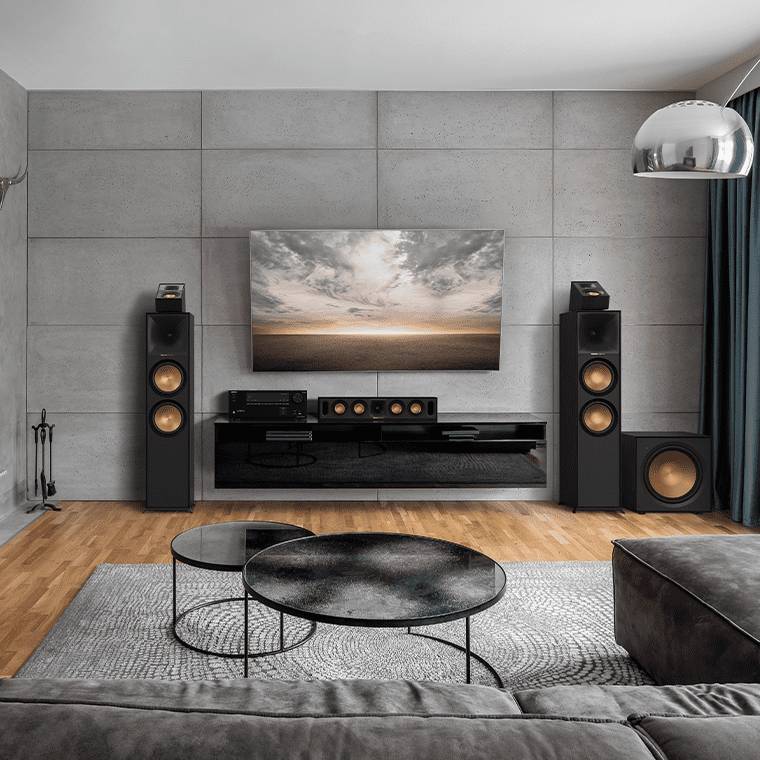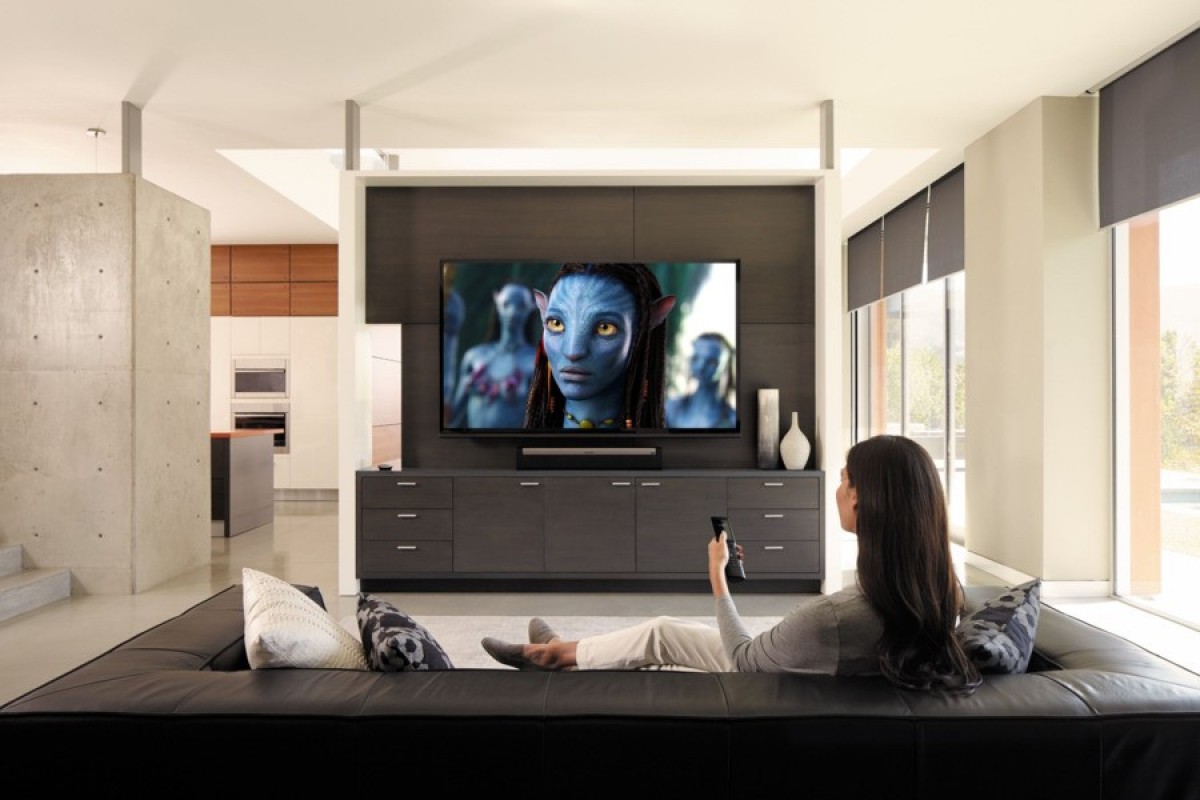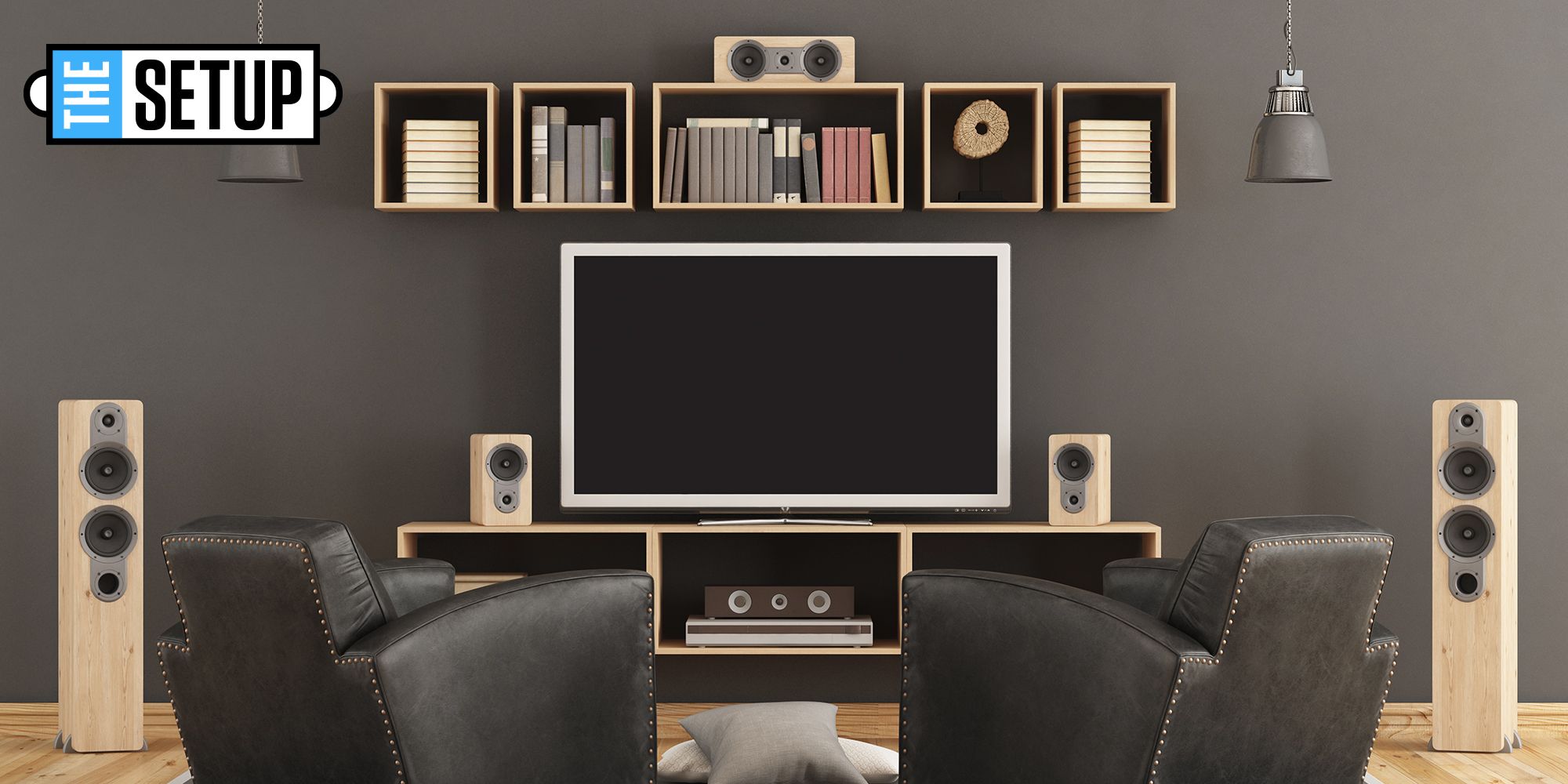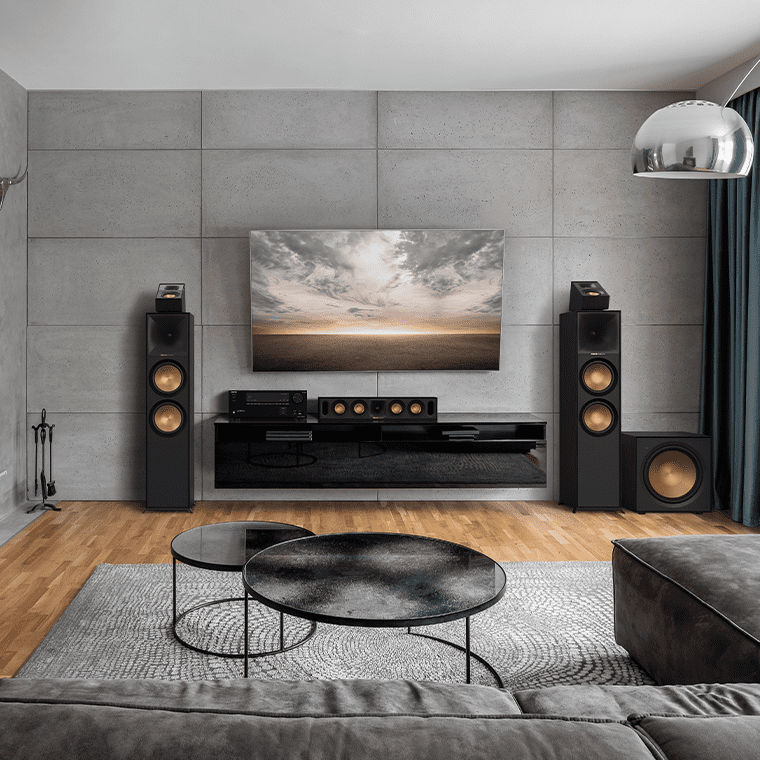Home Entertainment Systems: Transforming Your Viewing Experience

A home entertainment system is no longer a luxury but an essential part of modern living. Whether you’re a movie enthusiast, a sports fanatic, or a gamer, the right setup can elevate your experience from ordinary to extraordinary. As technology continues to evolve, home theaters and custom entertainment systems offer an immersive, cinematic experience that can be tailored to your personal preferences and living space.
In this article, we’ll dive deep into everything you need to know about home entertainment systems, from the components that make them up, the benefits they offer, to how you can design your own personalized setup. Whether you’re looking to enhance your sound, invest in a larger screen, or create a multi-room entertainment zone, there’s something here for everyone.
What is a Home Entertainment System?
A home entertainment system refers to a collection of electronic devices designed to provide high-quality audio and visual experiences within your home. These systems typically include:
- Television (or projector)
- Speakers and sound systems
- Media players (Blu-ray players, streaming devices)
- Streaming services and content sources
- Receivers and amplifiers for managing and distributing audio-visual signals
At its core, a home entertainment system aims to replicate the feel of a movie theater or concert hall within the comfort of your own home. The goal is to offer cinematic video quality, immersive surround sound, and access to a variety of entertainment options all from one central setup.
Essential Components of a Home Entertainment System
To build the ultimate home entertainment experience, it’s crucial to understand the various components that contribute to your setup. Here’s a breakdown of each key element:
1. Display: The Heart of Your Setup
The display is the center of your home entertainment system. Whether you opt for a 4K TV, OLED screen, or a projection system, the display dictates the quality of your visuals.
- Television: For the best image quality, look for features such as HDR, 4K resolution, and a high refresh rate.
- Projectors: For a more cinematic experience, projectors can create a large screen feel. A good quality 4K projector with ambient light rejection is a great choice for home theaters.

2. Audio System: Immersive Sound
No entertainment setup is complete without a sound system that brings content to life. A good audio system can make all the difference when watching movies, playing games, or listening to music.
- Soundbars: These are a more compact option that still offers great sound. Many models come with subwoofers for deeper bass.
- Home Theater Speakers: For a truly immersive experience, a 5.1 or 7.1 surround sound system is the way to go. This setup uses multiple speakers placed around the room to create a three-dimensional sound experience.
- Subwoofer: This speaker is designed to handle low frequencies, adding depth to action scenes or music tracks.
3. Streaming and Media Players
In today’s world, streaming services like Netflix, Disney+, and Amazon Prime Video dominate how we consume entertainment. A reliable media player or streaming device allows you to easily access your favorite content.
- Streaming Devices: Devices like Roku, Apple TV, and Amazon Fire Stick offer access to thousands of apps and services.
- Blu-ray/DVD Player: Although streaming is popular, physical media still offers unbeatable audio-visual quality, especially with Ultra HD Blu-rays.
4. Receivers and Amplifiers
A receiver or AV amplifier serves as the hub of your home entertainment system. It receives audio and video signals from your devices, processes them, and then sends them to the display and speakers.
- AV Receiver: Look for a 4K-compatible receiver with Dolby Atmos or DTS:X support for the best surround sound experience.
Designing the Ultimate Home Entertainment Experience

The design of your home entertainment system is crucial in ensuring you get the best possible experience. Here are some considerations to help you create a space that’s as functional as it is enjoyable:
1. Room Size and Layout
The size and shape of your room will significantly impact your setup. Larger rooms will require more powerful speakers and a bigger screen, while smaller rooms may benefit from a soundbar and a more compact display.
- Viewing Distance: For a TV, a general rule of thumb is to sit at a distance where the screen fills your vision without straining your eyes. For projectors, make sure the screen size matches the room size and viewing distance.
- Speaker Placement: Ensure your speakers are placed to create an optimal soundstage. Front speakers should be at ear level, and surround speakers should be slightly behind and at ear height.
2. Cable Management
Good cable management ensures your setup looks tidy and minimizes distractions. Consider using cable organizers, wall-mounted brackets, and concealed wiring to hide your cables.
3. Lighting
Lighting plays an important role in setting the atmosphere for your entertainment area. Dim the lights for a movie night, or install LED strips around your TV or projector for ambient lighting that complements the action on screen.
4. Smart Features
Integrating smart features into your entertainment system can enhance the convenience and control of your setup. Consider adding voice control with Alexa or Google Assistant, smart lights, or automated blinds that adjust to create the perfect viewing environment.
Benefits of a Home Entertainment System
A well-designed home entertainment system brings a variety of advantages, making it worth the investment:
1. Cinematic Experience at Home
Nothing beats the feeling of watching a blockbuster movie with surround sound and crystal-clear visuals in the comfort of your own home. You can recreate the immersive theater experience without the high prices of cinema tickets and concession stands.
2. Convenience
With streaming devices and media players, you can access all your favorite content from one central system, saving time and hassle.
3. Customization
Home entertainment systems allow for complete customization. You can choose your audio equipment, display size, and even your room’s layout to create the perfect environment tailored to your needs.
4. Multi-Use Functionality
A home entertainment system is not limited to movie watching. You can also use it for gaming, video calls, listening to music, and more. The versatility makes it an all-in-one entertainment hub for the entire family.
Popular Brands for Home Entertainment Systems
When it comes to building your home entertainment system, certain brands have established themselves as leaders in the industry due to their quality, innovation, and reliability. Here are some top brands to consider:
- Samsung: Known for producing high-quality smart TVs with excellent picture and sound quality.
- Sony: Offers a wide range of products, including home theater systems, AV receivers, and projectors.
- Bose: Renowned for producing premium sound systems and wireless speakers.
- LG: Offers cutting-edge OLED TVs that deliver vibrant colors and deep blacks.
- Sonos: Famous for multi-room audio systems that offer high-quality sound throughout your home.
FAQs about Home Entertainment Systems
Q1: How much does it cost to set up a home entertainment system?
The cost can vary greatly depending on the components you choose. Basic setups can start as low as $500, while high-end systems can easily exceed $5,000 or more. It’s important to set a budget and prioritize the components that matter most to you.
Q2: What’s better: a soundbar or a surround sound system?
It depends on your space and needs. A soundbar is a more compact, budget-friendly option that still delivers impressive audio. A surround sound system is ideal for a larger space and provides a more immersive listening experience.
Q3: Do I need a smart TV for a home entertainment system?
No, you don’t necessarily need a smart TV, but it can make it easier to stream content. If you have a media streaming device like Roku or Apple TV, you can turn any TV into a smart TV.
Q4: Can I set up a home entertainment system in a small room?
Yes! A small room just requires more thoughtful planning, especially regarding speaker placement and display size. A soundbar and a projector are great options for smaller spaces.
Conclusion
Creating your own home entertainment system is an investment that can dramatically enhance your leisure time. Whether you’re building a full-fledged home theater, upgrading your audio experience, or simply looking to improve your streaming options, there are countless ways to customize your setup.
By focusing on the core components — display, sound, media players, and receivers — and considering your room’s layout and personal preferences, you can
design an entertainment zone that fits your needs. With the right equipment and a little planning, your home can become the ultimate entertainment destination for family and friends.
So, why settle for average when you can have the ultimate entertainment experience at home?
For further tips on creating the best home theater setup, check out these resources:
– Top Features of Home Theater Systems
– Home Entertainment Systems Buying Guide

